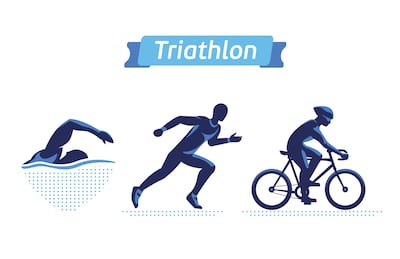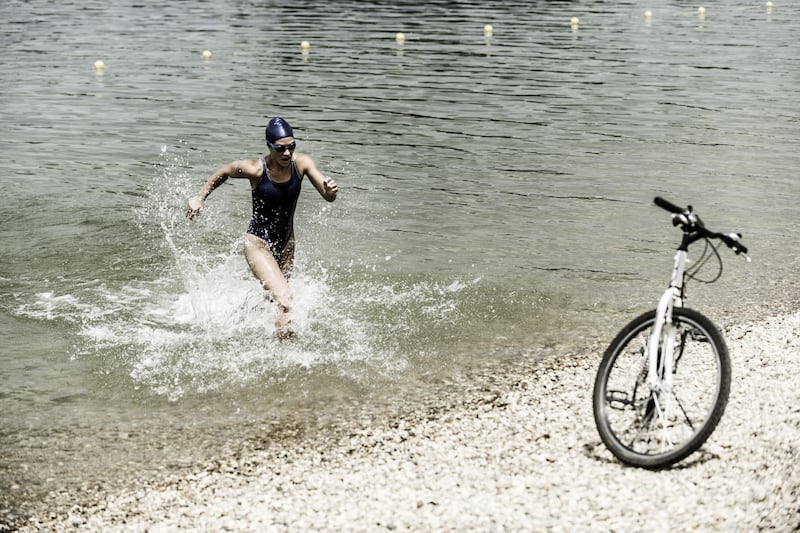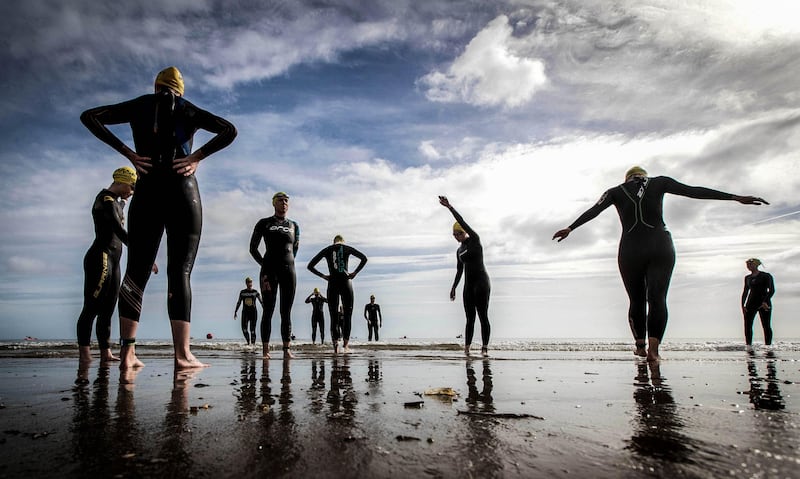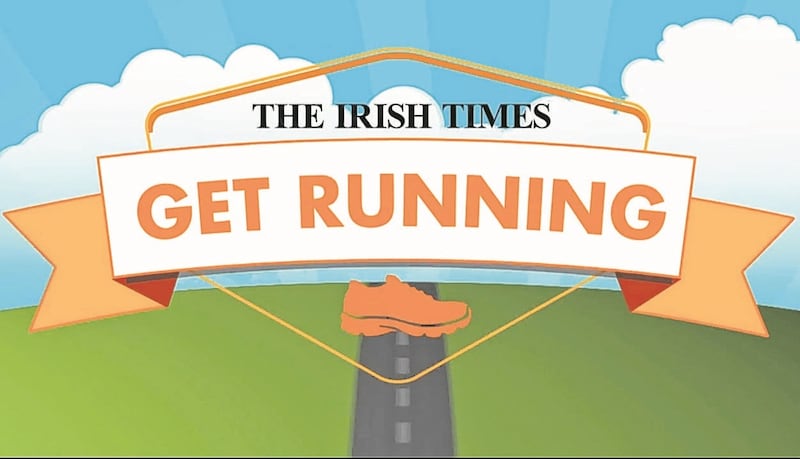For a sport deemed "fringe", if not loony, just 20 years back, triathlons now attract over 20,000 entrants each year in Ireland.
The first modern swim/bike/run event took place in the 1970s, and only made its Olympic debut in Sydney in 2000. Since then, the sport has blossomed, with 94 clubs in Ireland organising more than 200 “tri” (to those in the know) events between May and September each year.

It’s extreme profile for its first 20+ years were largely due to its association, if not confusion, with Ironman (a 2.4-mile swim, 112-mile bike ride and 26.22-mile run for those with the body fat of a cactus).
However, since then, the sport has been characterised by its evolution in opening up participation for all ages and abilities.
"Most of our members will do one or two sprint-distance triathlons and maybe one or two standard-distance triathlons each year," says Kevin Keane, head of marketing and communications at Triathlon Ireland, the national governing body for triathlon across the island.
For most people, the completion of a standard/Olympic tri (ie 1,500-metre swim, 40km cycle and 10km run) would be out of reach – at least in the short-term – but for the general keep-fitter there are different ways into the sport.
“With the sprint distance, which is a 750-metre swim, followed by 20km cycle and 5km run, it’s a lot more achievable,” says Keane. “These shorter distances allow way more people to take part in the sport.”
But even if the thought of completing those distances drives you to cardiac arrest, fear not. You can Try-a-Tri (250-metre swim, 6km cycle, 3km run) or enlist some mates for a mixed relay competition, where four people in a team – two men and two women – complete a mini-triathlon that might take each person 20-25 minutes activity. There’s even a regular relay triathlon, whereby a team of three divide up the swimming, cycling and running between them.

Do it on a Dublin Bike?
The “what”, “why”, “when” and “where” are easy enough to answer when it comes to this fresh, multifaceted sport in a country more naturally endowed for its setting than almost any other European nation.
But the real question for the beginner is “how”?
“The first thing is go to the Triathlon Ireland website event calendar and book a race,” says Keane.
“That immediately gives yourself a deadline and a target. We’ve got so many beginner events. I think for a keep-fitter, the big question is ‘how do I pull it all together’? And being in a tri club can really help you with that, as well as forming friendships. There’s a huge social aspect to being in a club, and a lot of the craic that happens after races is with fellow club members. But more than anything, it makes triathlon more fun when you know people who do it.
"Networking with your local club is a great way to enter the sport, because there's tons of people out there who are hoping to tackle their first triathlon. Also, don't be put off by some of the images you might have previously seen of elite triathletes with sculpted muscles and super expensive bikes and Garmin watches.
“The vast majority of people doing it are just doing it for the fun and challenge of participating. We even had a guy doing it on a [public rental] Dublin Bike last year. It just shows you don’t need any expensive gear to attempt an event.”
Joining a club
"Triathlons suddenly becomes a whole lot easier when you join a club," says Colm Brady, a committee member of Portmarnock Triathlon Club.
Brady says he didn’t know a soul at the club when he first joined three years ago. Just five years old, it is a young, dynamic club, with more than 100 members – men and women from their 20s to their 60s, ranging from beginner to elite level.
“People join a club to bridge the gap of ‘wondering what do I need to know? What do I need to buy, and how do I best train?’ There’s a lot of stuff out there on the web and on various blogs, and a lot of it can be contradictory and confusing, but joining a club simplifies it and gets you focused. The big question, which is ‘is this something I can actually do?’ starts becoming very attainable.
“People have mental barriers about triathlon that they really shouldn’t have,” says Brady, who had trouble running even 5km a few years ago, yet last year completed a full ironman.
“I believe, nearly anyone who can do a park run on a Saturday morning could also do a try-a-tri or a sprint triathlon. But whatever distance you decide, once you’ve created your first triathlon, you will find it ticks so many boxes.”

Cost
At the most basic level, to enter a tri of any distance you will need runners/trainers, access to a bike of some description (helmet being compulsory), as well as swimming togs/suit, goggles and hat, while a wetsuit (likely costing at least €100 new) is compulsory in all open water swims.
But you must be a member of Triathlon Ireland to compete in any of this island’s 200+ events each year. A one-day membership ranges from €15 for try-a-tri to €25 for all other tri events. Otherwise, a Triathlon Ireland race license will cost non-club members €75 per year,and club members €65. In return,you will, among other benefits, receive third party and personal accident cover while both tri training and racing.
Then there’s the entry fee for the triathlon itself, which can be up to €60 per event. If joining a tri club, expect annual membership to cost anywhere from €30 to €100 (eg with professional coaching).
How Far Is Too Far?
Think of triathlons like dog breeds: having originally descended from one almighty beast of a wolf, they now come in all shapes, sizes and smells. Some would fit in your handbag, others couldn’t be contained in a field. But for the basically fit, ‘would-be’ triathlete looking to transition to the sport, focus on either the Try-a-Tri (250m swim, 6km cycle, 3km run) or the sprint distance (750m swim, 20km cycle, 5km run).
But don’t be afraid to look at the stars: one day nailing a standard/Olympic triathlon (1500m swim, 40km cycle, 10km run).
And yes, sickening as it sounds to us mere mortals, there are two other triathlons even longer than the standard/Olympic distance, but you don’t need to even read about them – yet.
Get the leg over, and don’t look back.

Sign up for one of The Irish Times' Get Running programmes (it is free!).
First, pick the programme that suits you.
- Beginner Course: This programme is an eight-week course that will take you from inactivity to being able to run 30 minutes non-stop.
- Stay On Track: The second programme is an eight-week course for those of you who can squeeze in a 30- to 40-minute run three times a week.
- 10km Course: This is an eight-week course designed for those who can comfortably run for 30 minutes and want to move up to the 10km mark.
Best of luck!









